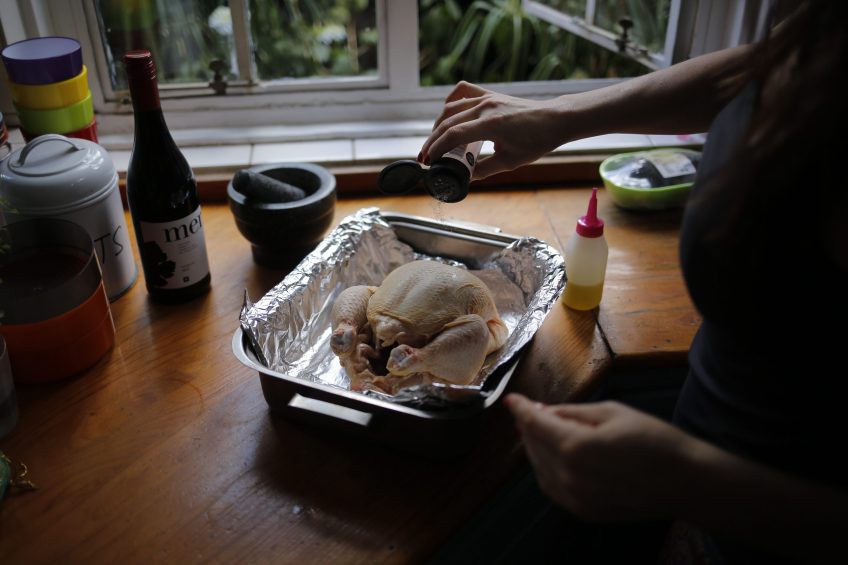US antibiotic resistance levels in meat declining

Salmonella and Campylobacter prevalence in US retail chicken continues to decline according to the 2014 Integrated National Antimicrobial Resistance Monitoring System (NARMS) report released by the US Food and Drug Administration.
The NARMS Integrated Report: 2014 presents the major findings from testing during calendar year 2014, and catalogues antimicrobial resistance in enteric bacteria isolated from raw retail meat and poultry.
Focusing on poultry-related bacteria
NARMS reports on trends in bacteria prevalence, resistance to antibiotics considered important to human medicine, and multi-drug antibiotic resistance (classified by the FDA as resistance to three or more classes of antibiotics). The NARMS program collects and isolates samples from humans, food producing animals, and retail meat, and tests them for antibiotic resistance. The 2014 report focuses on Salmonella, Campylobacter, Escherichia coli (E. coli), and Enterococcus.
The report found a number of important and positive trends in the data through 2014, outlined below:
- Salmonella and Campylobacter prevalence in retail chicken meat samples continue to decline, and both are at their lowest levels since NARMS testing began (9.1% and 33% respectively).
- Most (82%) of human Salmonella isolates tested were not resistant to any of the tested antibiotics.
- Ceftriaxone, an extended-spectrum cephalosporin critical to treating severe Salmonella infections, continues to be effective, and resistance to the antibiotic has decreased in non-typhoidal Salmonella and E. coli.
- Human Salmonella isolates resistant to at least ampicillin, chloramphenicol, streptomycin, sulfonamides, and tetracyclines (ACSSuT) are at the lowest level (3.1%) since NARMS testing began.
- Bacterial strains that are resistant to all, or all but 1, of the 9 antimicrobial classes tested in NARMS are defined as “extremely drug resistant” by the FDA. In 2014, no retail chicken isolates of either Salmonella or E. coli were found to be extremely drug resistant.
Positive trends seen in the data
Ashley Peterson, NCC senior vice president of scientific and regulatory affairs, said the council was glad to see many positive trends in the data continue, with both Salmonella and Campylobacter prevalence at their lowest levels since NARMS testing began, and critical antibiotics remaining effective in treating illnesses. “Reports like this provide a strong case that the continued judicious use of antibiotics by poultry producers, coupled with ongoing strategies to reduce Salmonella and Campylobacter, are aiding in the reduction of the pathogen and the reduction in resistance,” Peterson stated. “Analysing resistance patterns helps to improve public health outcomes.”
Phasing out medically important antibiotics
The US Food and Drug Administration has developed guidance for the livestock and poultry industries to limit the use of medically-important antibiotics to preventive and therapeutic use by January 1, 2017. Peterson continued, “Most chicken producers are well ahead of the December deadline to phase out medically important antibiotics for growth purposes, and all of our chickens are under the direct care of a licensed poultry veterinarian.”
“One thing consumers should remember is that all pathogens potentially found on raw chicken, regardless of strain or resistance profile, are fully destroyed by handling the product properly and cooking it to an internal temperature of 165°F,” Peterson concluded.












